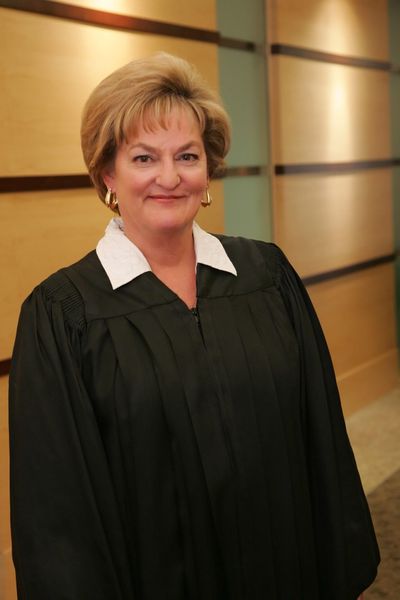Child porn conviction upheld in youth sexting case

OLYMPIA – A Spokane youth who texted a picture of his genitals to a woman can be convicted under the state laws against child pornography even though he is the child involved, the Washington Supreme Court said Thursday.
He can’t get out of it by claiming it was free speech protected by the First Amendment.
A divided court upheld the conviction and sentence of a 17-year-old when he “sexted” a photo of his genitals to a 22-year-old woman he had been harassing for a year with anonymous phone calls. The photo came with the message “Do u like it babe? It’s for you.”
The woman, who had previously worked for the defendant’s mother, suspected him and took the texts and photo to Spokane County sheriff’s deputies, who tracked it to the teen. The teen had been diagnosed with Asperger’s syndrome and was already a registered sex offender from a previous incident. He eventually admitted he had sent the messages.
In juvenile court, he was found guilty of second-degree dealing in depictions of a minor engaged in sexually explicit conduct, sentenced to 30 days confinement and 150 hours of community service. He challenged the conviction at the Division III Court of Appeals and again at the Supreme Court, arguing the law is designed to prevent adults from trafficking in child pornography, not to keep minors from willingly sending sexually explicit photos of themselves. Otherwise, attorneys argued, minors could be convicted for “sexting” photos of themselves to each other.
He also argued the state law is so broad it infringes on the right of free expression protected under the First Amendment. Joining the appeal were several groups, including the American Civil Liberties Union, Juvenile Law Center and Columbia Legal Services.
“We understand the concern over teenagers being prosecuted for consensually sending sexually explicit pictures to each other,” the majority opinion, written by Justice Susan Owens, said. “We also understand the worry caused by a well-meaning law failing to adapt to changing technology.”
But that’s not what’s going on in this case, the 6-3 majority said. The teen wasn’t a minor sending explicit images to another consenting minor. The law covers any “person” taking or distributing the photos of a minor, so the photographer or sender could also be the minor in the photo.
The law involves child pornography, which isn’t protected by the First Amendment, the majority added, and what the teen sent met that definition.
Three members of the court disagreed, saying the defendant was being prosecuted for exploiting himself and the decision didn’t consider he has Asperger’s syndrome.
The dissent, written by Justice Sheryl Gordon McCloud, argued the laws against child pornography are designed to protect children, and that protection extends to a minor depicted in an explicit photo. Under the majority decision, children who send such pictures to each other could be punished more harshly than an adult who sends such a picture.
“It means that a 12-year-old girl who is groomed or lured into taking and then texting explicit depictions of herself to an adult can be prosecuted for succumbing to that grooming,” Gordon McCloud wrote. “I can’t believe the Legislature intended that result.”
The defendant would benefit more from treatment than from incarceration and registering as a sex offender, she added.
Editor’s note: This article was changed on Sept. 21, 2017 to remove the name of the defendant because he was a juvenile when the crime occurred.